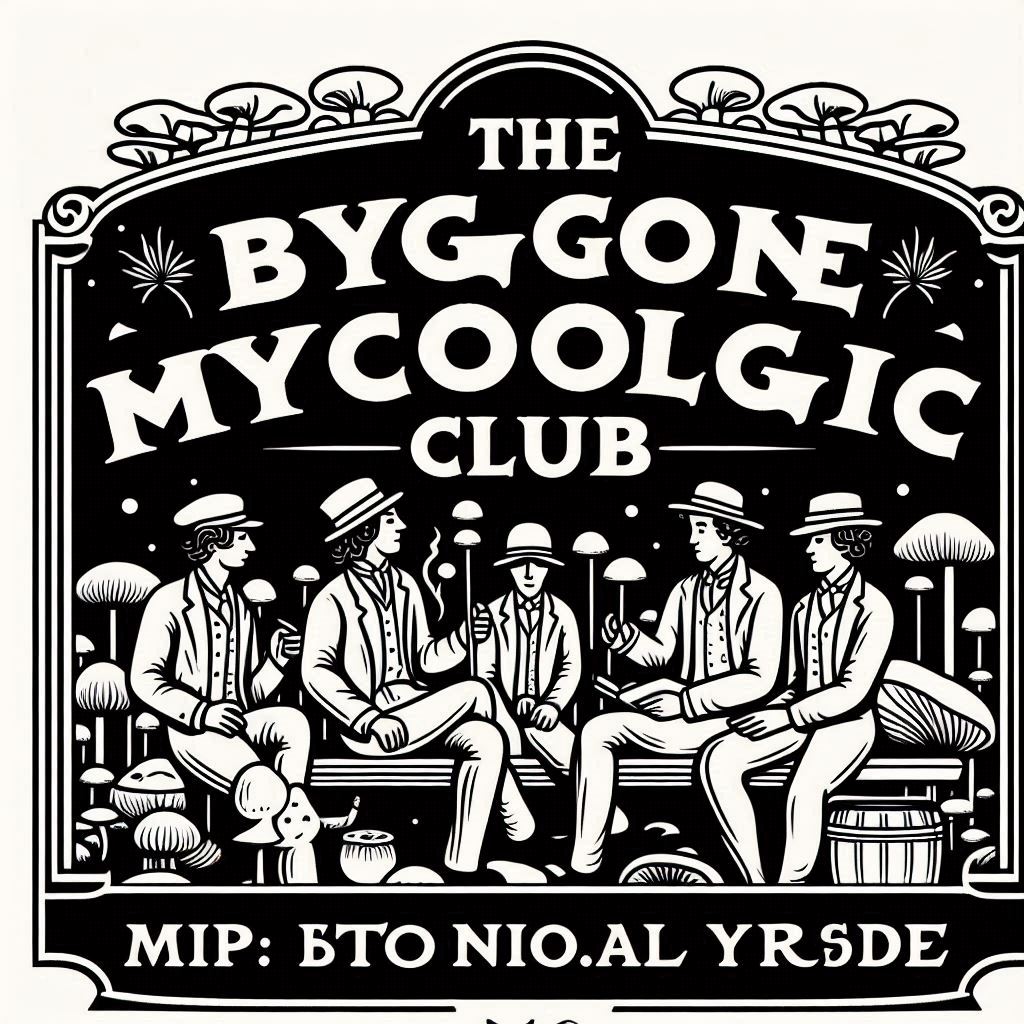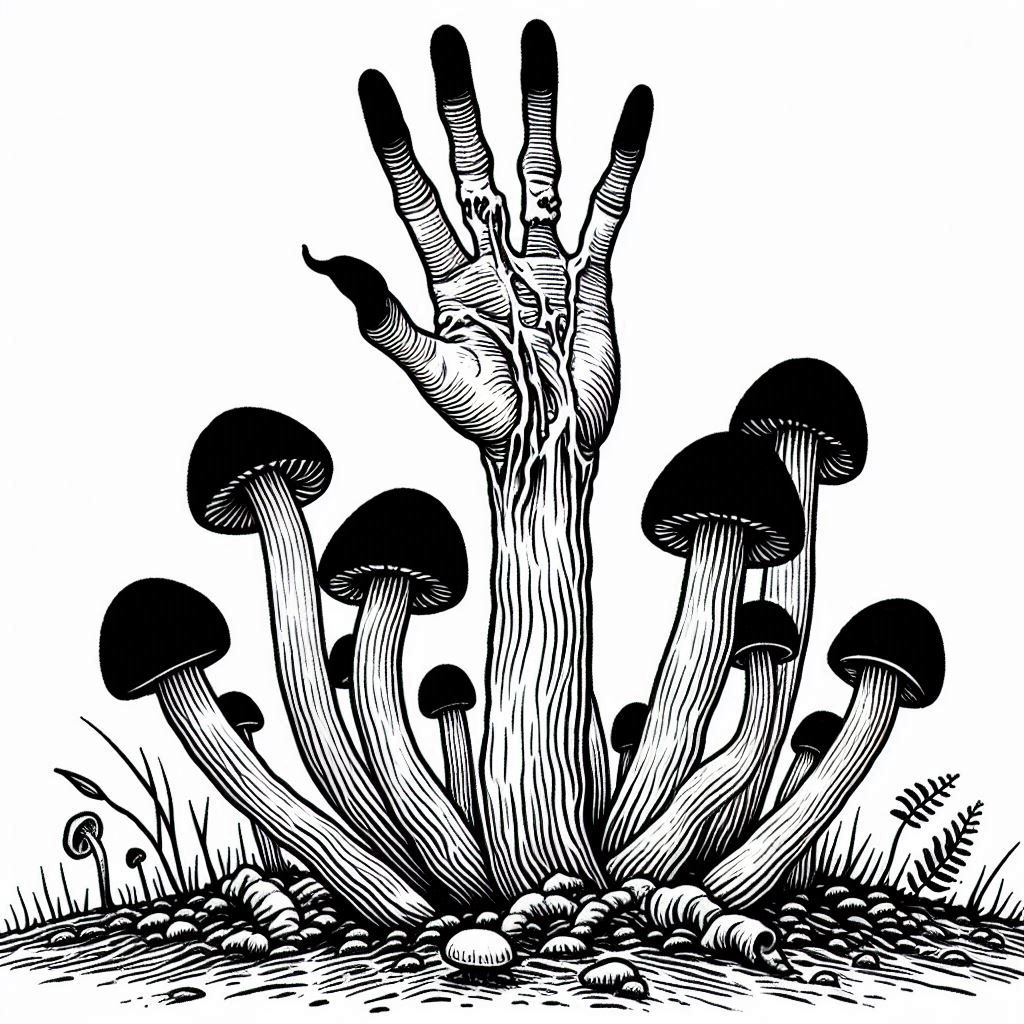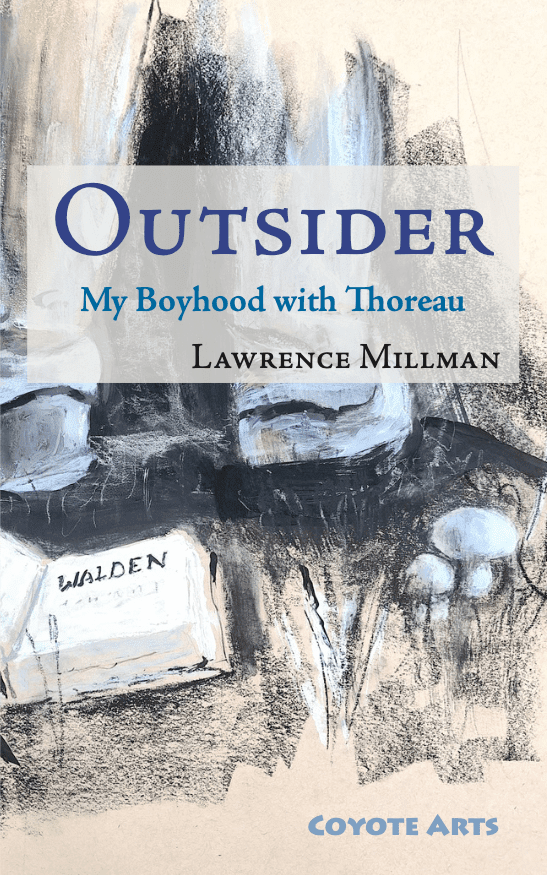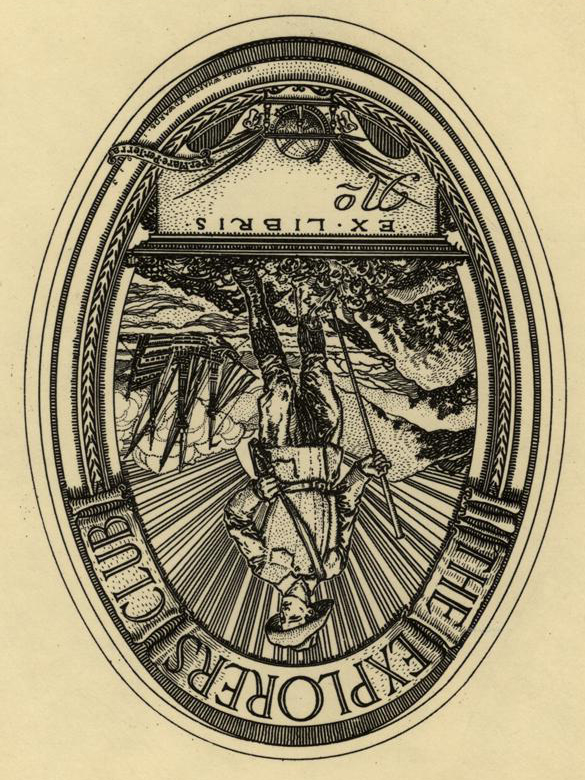Thanks to the unabashed tourist meccas of Nassau and Freeport, the word “Bahamas” calls up images of mega-gambling casinos, no less mega-cruise ships, package tours, and hordes of sun-reddened figures lying on a beach.
But consider the 110 square mile Bahaman island of Mayaguana. It’s so off-the-grid that you won’t find it in any guidebook. There are no stores, only shops in peoples’ homes, and no place where the visitor can buy souvenir kitsch. No cruise ship has ever dropped anchor in its waters. The eastern part of the island is uninhabited except for (I was told) several ghosts of pirates. And the only prints on its myriad beaches are invariably one’s own. No, that’s not true — there are also prints from sandpipers, iguanas, and scuttling crabs.
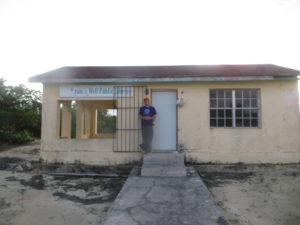
Mayaguana’s Public Library
Mayaguana is 348 miles and at least a century from Nassau, the place a visitor must fly in from. At the airport, a former fire-station, I was picked up and driven to the island’s only accommodation, the 16 room Baycaner Beach Resort, by the facility’s owner, a man named Shorty. I saw only one other vehicle en route to our destination — a bicycle ridden by an elderly woman.
Situated in the scenic village of Pirate’s Cove (pop. 90), The Baycaner defused my skepticism about Caribbean resorts, most of which seem to go overboard in trying to be Luxurious extremis. Instead of a swimming pool surrounded by lounge chairs, it boasted the blue-green Atlantic Ocean. The food was entirely local — cracked conch or conch salad, several varieties of fish, crab, rice, beans, corn, and grits. And, yes, the facility has Wi-Fi.
With my guide, a local man named Cando, I spent the first day exploring Pirate’s Cove on foot. The fast growing vegetation included palms, casuarina trees, lots of shrubs, and vivid purple flowers. At one spot, we found a defunct Honda Civic. Since there’s no automobile repair shop on Mayaguana, seriously injured cars end up becoming a part of nature; vines cloaked the Honda’s headlight sockets, and a casuarina was sprouting from its floorboards.
Like most of the island’s 300 residents, Cando was an authority on bush medicine. He pointed to a plant that would help my asthma, another that would cure my hemorrhoids, another that would lower my blood pressure, and then another that have a potent effect on my libido. A plant called Five Fingers (Tabebuia bahamensis) simply made a nice tea.
I had a toothache, so Cando gave me some leaves from the so-called rockbush (Phyllanthis epiphyllan) and told me to chew on them. The toothache seemed to abate…or maybe I’d simply been so distracted by Cando’s excellent tutorial that I had become unaware of it.
We ended up at a small bar that had neither a TV or music bursting from an armada of speakers. As a result, conversation prevailed. One man told me about (what better subject?) all the buried pirate treasure on the island. Yes, there’s pirate treasure even under our local church, another man said. A third man asked me if I knew his cousin in Brooklyn and seemed surprised when I said I didn’t. On Mayaguana, everyone knows everyone else.
On the next day, I was wandering around by myself in search of a local artisan’s home when a police car stopped. The police have almost nothing to do on Mayaguana, so the policeman said,“I’ll give you a lift, mon,” and then took me to the artisan’s house. The woman made such exquisite baskets from the dried fronds of silver top palms that I had no choice but to buy one.
Why, the reader may wonder, had I not yet prostrated myself on a beach?
Answer: There are far more interesting things to do on Mayaguana than getting a suntan. Like, for instance, canoeing on Curtis Creek with Cando.
Curtis Creek is not actually a creek but a saltwater inlet replete with mangroves. As we canoed around it, I saw greenback turtles, nurse sharks, conchs, small baracudas, oyster catchers, and an egret poised to impale a crab with a lightning thrust of its beak. In another canoe, we saw the only other outsiders on the island engaged in Ted Williams’s favorite post-Red Sox activity — bonefishing. “Mayaguana is bonefish heaven, dude!” one of them shouted to me.
Later we dragged our canoe ashore and walked around a spit of land to a beach. Cando told me that this was a good place to find ambergris, a quite valuable aromatic substance from the digestive tracts of sperm whales. We walked for a mile or so, but didn’t find any ambergris. However, we did find a remarkably large osprey nest with two perfectly sculpted eggs lodged in it.
Several of Mayaguana’s offshore cays are inhabited by hutias, a long-whiskered, short-limbed, large-headed rodent thought to be extinct as recently as the 1960s. I wanted to see one of these living fossils, so Shorty took Cando and me to the nearest hutia haunt in his boat. Named for a gannet-like seabird, the haunt in question, Booby Cay, is protected by the Bahamas National Trust.
We were walking along the cay’s long, untrodden beach when I happened to hear a chorus singing in a minor key out in the ocean. This chorus turned out to be a large flock of flamingoes, so large, in fact, that it turned the horizon a pinkish-scarlet color.
We stopped at a limestone depression, a popular hutia hangout, and I picked up some scat. “From a hutia?” I asked.
“No, from an iguana,” Cando said, then looked at me as if I didn’t know scat from shinola.
As if on cue, two brownish-grey iguanas with golden irises suddenly emerged from the island’s brush and peered at us as if we were a highly unusual species. Actually, they were a highly unusual species themselves. Known as Bartschi’s rock iguana, they’re found nowhere else on the planet except on Booby Cay.
Is it any wonder that I gave the iguanas more or less the same stare that they gave me? And is it any wonder that, having encountered these critters, I didn’t mind not finding any hutias?
That night, my last before departing for Nassau, I treated Shorty and Cando to drinks at what I had begun calling The Pirate’s Treasure Bar. “Here’s to Mayaguana,” I said, lifting my glass, then added: “May it never change…”
If you’re going to Mayaguana, you’ll probably need to overnight in Nassau. A good mid-priced option is The Orange Hill Beach Resort (www.orangehill.com), while a higher price option is The Sandy Port Resort (www.sandyportresort.com).
Bahamasair (www.bahamasair.com) has twice weekly flights to Mayaguana. You can contact The Baycaner Beach Resort, the island’s only place to stay, via its website: (www.baycanerbeach.com).
